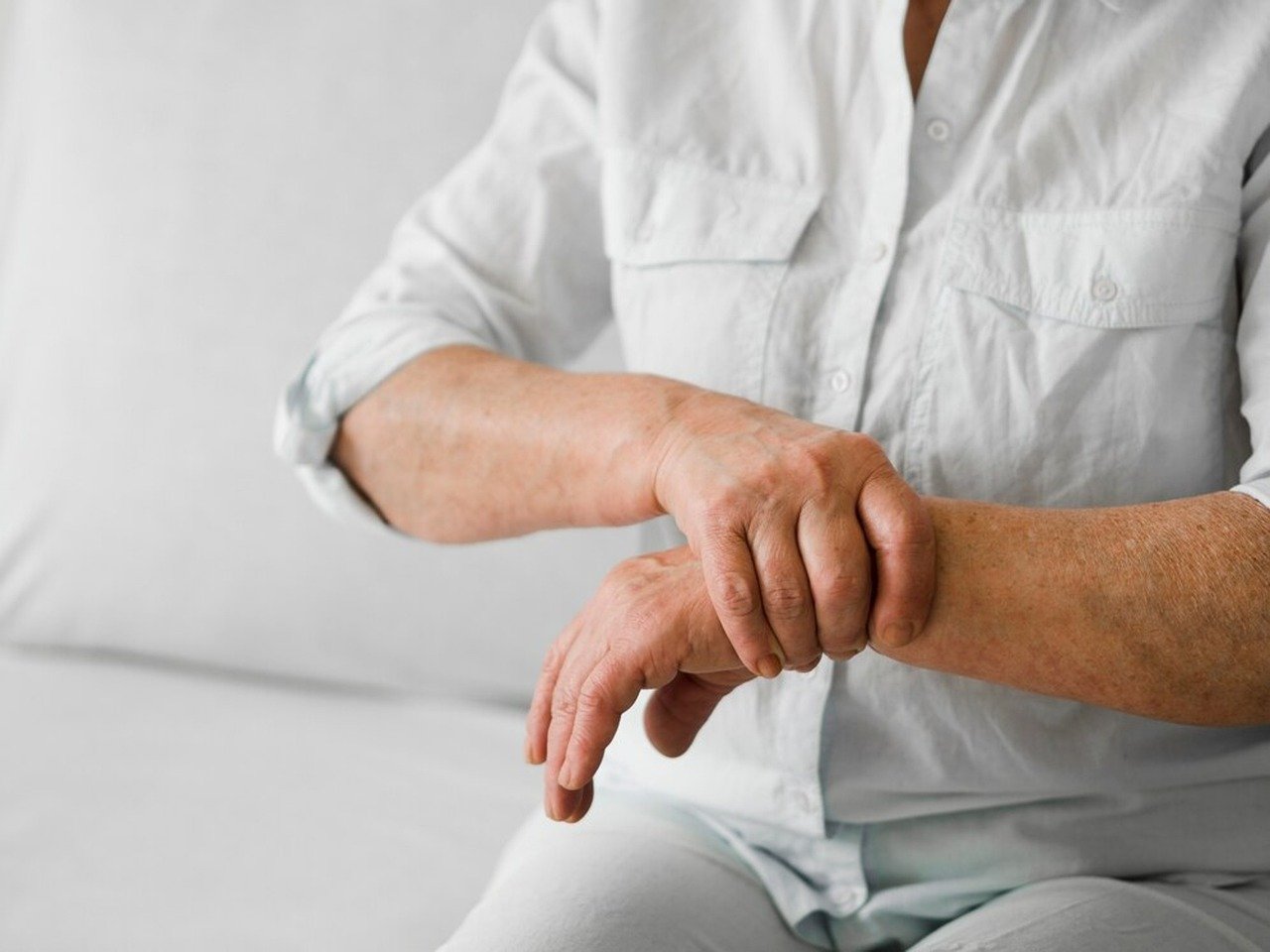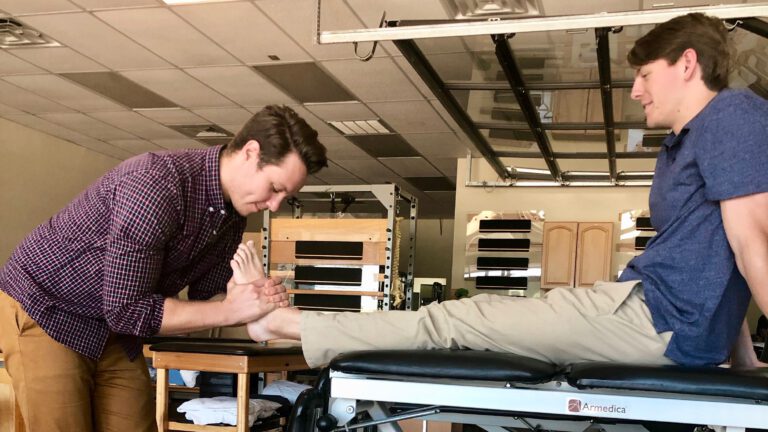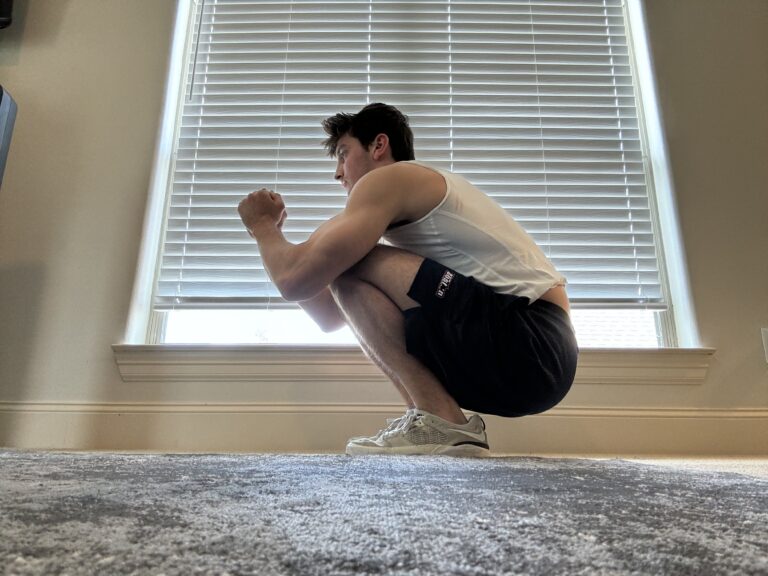Physical Therapy & Osteoarthritis
Osteoarthritis is a degenerative joint disease that affects more than 27 million Americans and is the primary cause of long-term disability (Lawrence, et al and Walker, Helena). The risk of developing lower-body osteoarthritis (OA) – for example, in the hip and/or knee joints – is 4 times higher for persons that are obese in comparison to those that maintain a more optimal body weight. Both osteoarthritis and obesity are recognized as global public health problems. Other factors related to the loss of function and or independence in persons with osteoarthritis include physical inactivity and muscular weakness. Fortunately, each of these issues is a modifiable risk factor, and Physical Therapy can provide assistance in dealing with all of them.
In the June 2011 publication of the Physical Therapy journal, a review of published literature was performed on the management of osteoarthritis in adults who are obese or overweight. The review looked at treatment strategies consisting of physical activity, diet and a combination of both. The review concluded that a program including both physical activity and diet modifications produced the most beneficial results (as compared with physical activity alone, diet alone, and no diet or physical activity programs). The review suggested that when combining physical activity with a restricted diet program there are reductions in pain and improvements in functional status for patients with osteoarthritis who are obese or overweight. Regular physical activity is also important in order to maintain muscle strength, joint function and bone health in the entire body – not just in the lower extremities.
An orthopedic Physical Therapist can prescribe optimal, individualized programs of exercise and activity that address strength, balance, endurance limitations, and mechanical problems with walking or other movement. It is possible to experience positive effects from Physical Therapy in a fairly short time – even in cases when osteoarthritis is already existent. Any initial improvements in pain level and joint mechanics can then be compounded as a person’s strength, balance, and endurance are improved – a process that is measurable by 4-8 weeks of supervised activity. In combination with a sensible eating plan, Physical Therapy can have an even more powerful effect on pain and disability.
Please contact S.T.A.R. Physical Therapy or your personal Physical Therapist if you have questions about whether or not you might personally benefit from formal care for Osteoarthritis. We would be happy to be of assistance.






